Tan Removal Treatment in Pune
Undo the Sun’s Damage – Reveal Your Natural Glow
Tan Removal Treatment in Pune
Tanning is your skin’s natural defense response to excessive sun exposure, where melanin (the pigment responsible for skin color) is produced in higher amounts to protect deeper layers of the skin. This often leads to uneven skin tone, dark patches, and dullness, especially on sun-exposed areas like the face, arms, and neck.
Tan Removal refers to the process of eliminating sun-induced pigmentation and restoring your skin’s natural shade and radiance. While the tan may fade on its own over weeks or months, professional tan removal treatments help speed up the process safely and effectively, minimizing the risk of skin damage or post-inflammatory pigmentation.
At Eva Pimples, Skin & Hair Clinic in Pune, we offer dermatologist-approved tan removal treatments that target sun damage at its root—exfoliating dead skin, controlling excess melanin, and revealing smoother, brighter skin beneath. Whether you’re dealing with long-standing sun tan or recent pigmentation, our tailored solutions bring your skin back to life.
Everything to know about Tanning
- Causes
- Types
- How to Treat
- When To See Dermatologist
Tanning occurs when your skin is exposed to ultraviolet (UV) radiation, primarily from the sun or artificial sources like tanning beds. In response, your body produces more melanin, the pigment responsible for skin color, as a defense mechanism to absorb and block UV rays. While this process helps protect deeper skin layers, it leads to visible darkening or pigmentation of the skin.
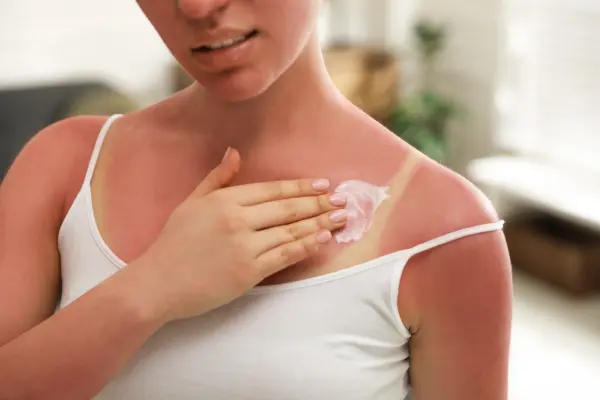
Excessive Sun Exposure
Spending long hours outdoors without proper sun protection is the leading cause of tanning. UVA and UVB rays penetrate the skin, triggering melanin production and resulting in dark patches or uneven tone.

Outdoor Activities & Travel
Frequent exposure during vacations, sports, or commuting—especially during peak sunlight hours—can lead to stubborn tanning, particularly on the face, arms, neck, and feet.
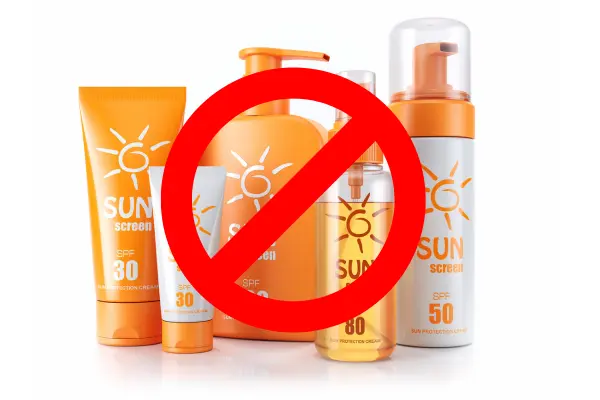
Heat & Infrared Exposure
Propionibacterium acnes (P. acnes) is a bacteria that thrives in blocked pores and causes inflammation.
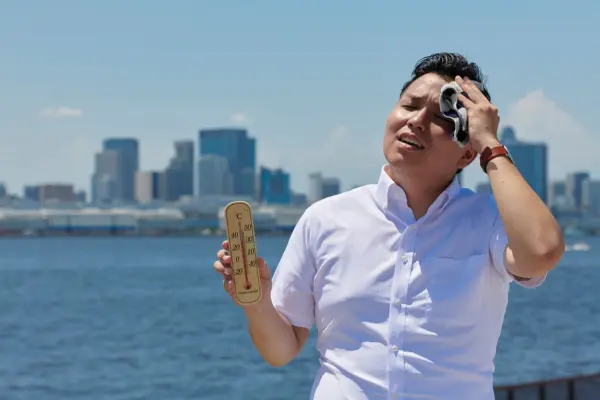
Heat & Infrared Exposure
Person who has genetic predominance of having pimples in any of their parents or siblings.

Artificial Light Sources
Continuous exposure to blue light from screens, studio lights, or indoor lighting with UV emission can also result in mild tanning or dullness, especially for those with sensitive skin.
Types of Tan

Epidermal Tan
This is the most common and superficial form of tan. It affects the topmost layer of the skin (epidermis), usually caused by short-term sun exposure.
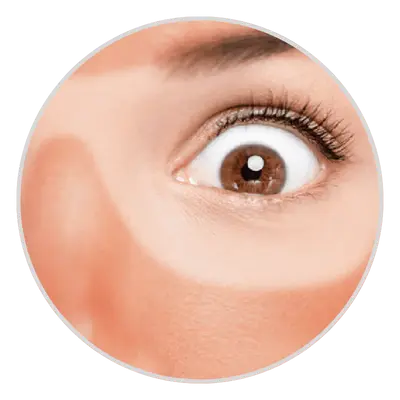
Dermal Tan
This type of tan goes deeper into the dermal layers of the skin, often due to long-term or repeated sun exposure. It is more stubborn and often resistant to over-the-counter treatments.
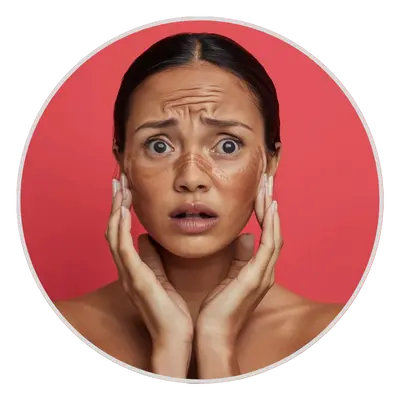
Tanning with Sunburn
In some cases, overexposure to UV rays causes sunburns along with tanning. This results in inflamed, red, and peeling skin, often followed by pigmentation.
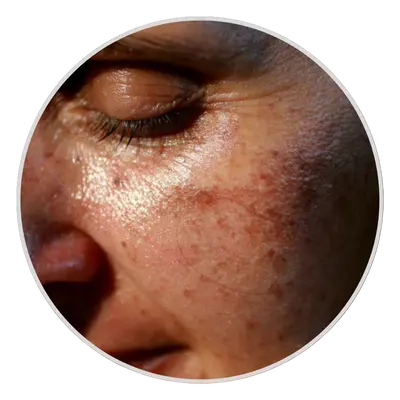
Persistent or Chronic Tan
Caused by repeated UV exposure over months or years, this tan becomes ingrained in the skin tone. It often leads to a permanent-looking darker shade
How can I treat my Tan more effectively without getting any complications?
Tanning may seem like a temporary skin concern, but improper handling can lead to long-term pigmentation issues and uneven skin tone. At Eva Pimples, Skin & Hair Clinic, our approach is not just about removing tan, but restoring your skin’s natural clarity and glow — safely and effectively.
Every successful tan removal starts with identifying the depth of pigmentation and your skin type. At Eva, we use advanced skin analysis tools to determine whether the tan is superficial (epidermal) or deep-set (dermal), which helps customize the best treatment plan.
Tanned or sun-damaged skin is often sensitive. Before starting active treatments, we prep your skin with barrier-repairing moisturizers, hydrating serums, or soothing masks to avoid any post-treatment irritation and boost treatment absorption.
Mild but consistent skincare can fade tan over time. We recommend dermatologist-approved cleansers, exfoliators, and serums with ingredients like vitamin C, kojic acid, or niacinamide, which gradually lift pigmentation and even out skin tone.
No tan removal is successful without sun protection. We educate our patients on using broad-spectrum sunscreen (SPF 50+), reapplying it every 3–4 hours, and adopting protective measures like scarves or hats, especially during treatment.
For stubborn or deep tans, we may recommend in-clinic procedures such as chemical peels, laser toning, or medi-facials — all personalized based on your skin condition.
Tan removal is not a one-time fix — it’s a journey. We support our patients with post-treatment guidance, follow-up care, and skin-strengthening routines to maintain long-term results and prevent future tanning or sun spots.
When to See a Dermatologist for Tan Treatment
While mild tanning due to sun exposure is common and can fade over time with home care, certain signs indicate that you should consult a qualified dermatologist. At Eva Pimples, Skin & Hair Clinic, we emphasize early intervention to avoid long-term pigmentation issues and skin damage.
If your tan remains unchanged for more than 4–6 weeks despite using sunscreens and skin-brightening agents, it may be deeper than surface-level pigmentation and could require medical-grade treatments.
Tan that appears as patchy brown or grey spots may be a sign of sun-induced hyperpigmentation or melasma, rather than just tanning.
Tanned skin that feels tight, itchy, red, or inflamed may be sunburned or damaged. Applying OTC products in such a state can lead to further skin barrier damage.
If you notice tanning or pigmentation even after brief sun exposure, it might indicate a photosensitive skin condition or underlying hormonal imbalance.
Not all pigmentation is melasma. A dermatologist can accurately diagnose your condition—whether it's post-inflammatory hyperpigmentation (PIH), freckles, or lichen planus pigmentosus—to avoid incorrect treatments.
Best Skin Tan Removal Treatment in Pune Offered at Eva Pimples, Skin & Hair Clinic

Experience the best Tan Removal treatment at Eva Pimples, Skin and Hair Clinic! Reclaim clear, radiant skin today. Call now to book your appointment and say goodbye to acne.
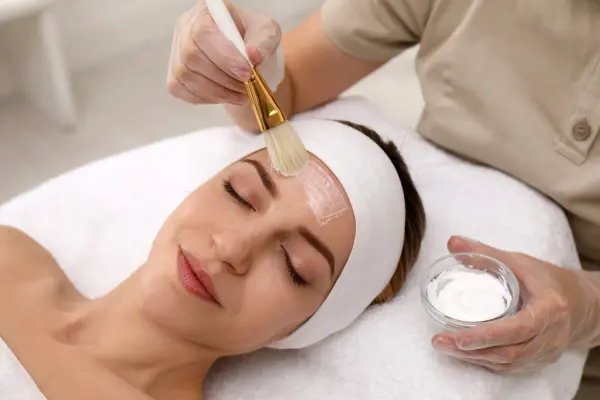
Chemical peels exfoliate the top layer of pigmented, tanned skin using mild acids like glycolic acid, lactic acid, or salicylic acid. This helps reveal brighter, even-toned skin underneath and also boosts collagen regeneration.
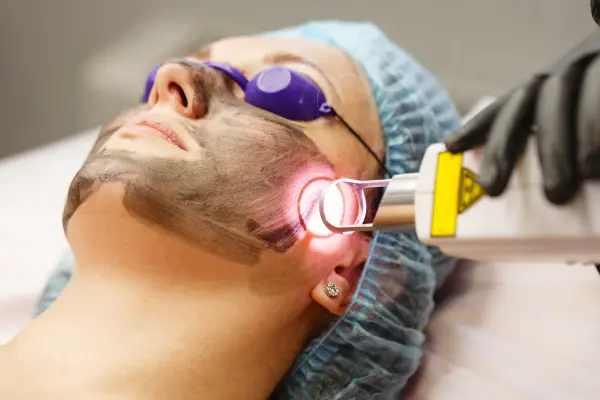
A cutting-edge treatment that targets melanin deposits deep within the skin without harming the surrounding tissue. It breaks down excess pigment, stimulating natural skin healing and improving tone and texture.

This non-invasive procedure gently exfoliates the outer skin layer using a diamond-tipped tool. It removes dead skin, tanned layers, and dull buildup, leaving your skin soft, bright, and refreshed.
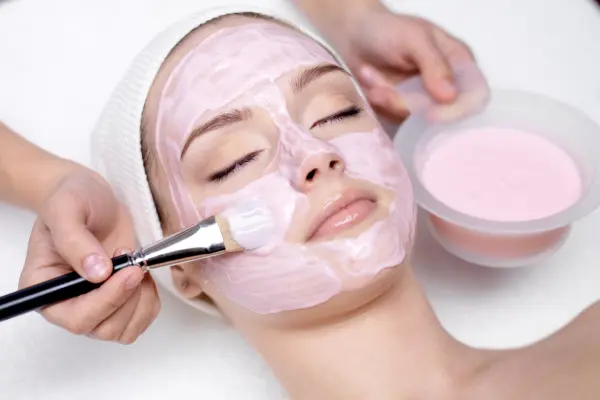
Medifacials for Tan Removal
Our dermatologist-designed Detan Medifacials combine deep cleansing, serums, and calming masks to nourish and brighten sun-exposed skin. Ideal for those looking for quick recovery and a natural glow.
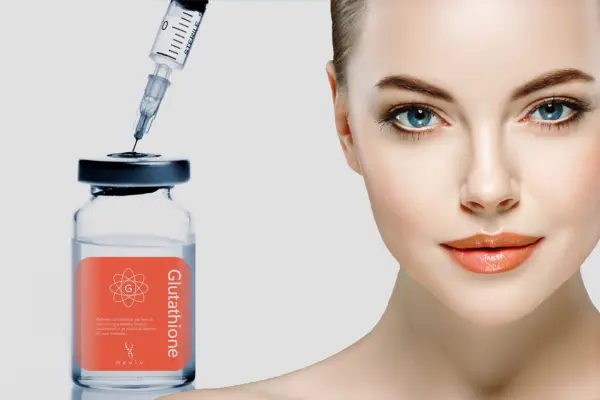
Available as oral supplements or IV drips, glutathione boosts cellular detoxification and inhibits melanin production, resulting in a noticeable skin-brightening effect over time.
Best Skin Tan Removal Treatment Before After Results
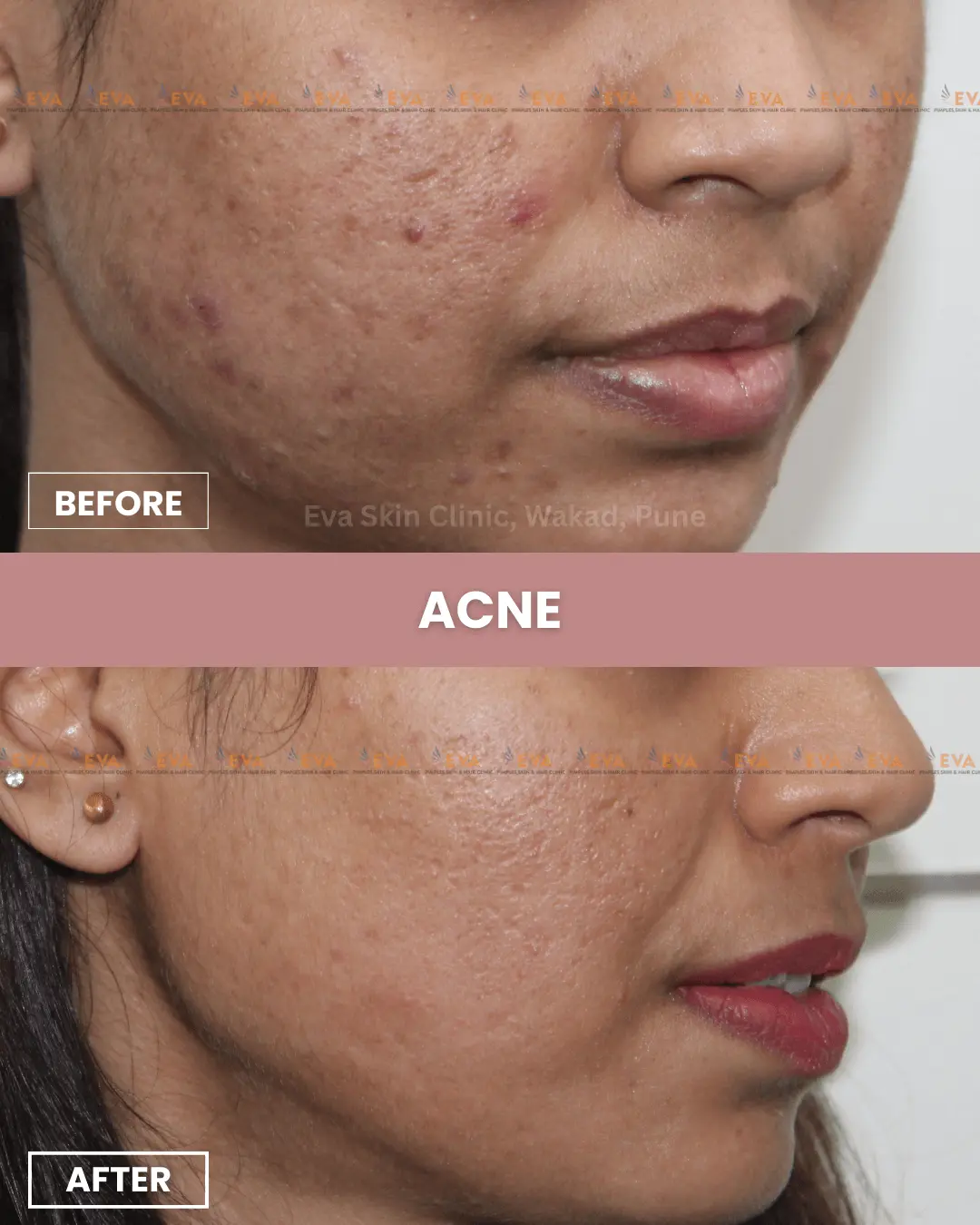
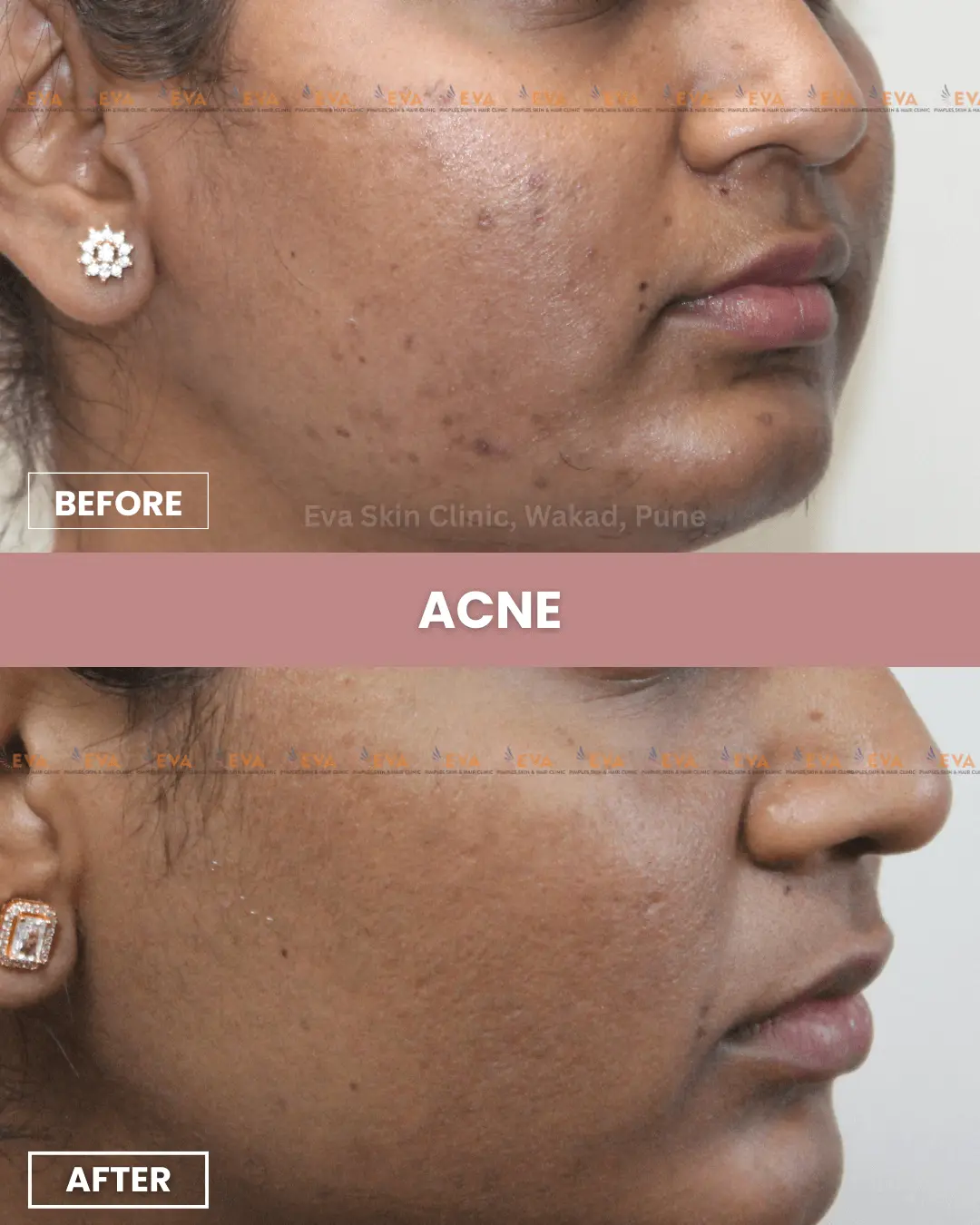

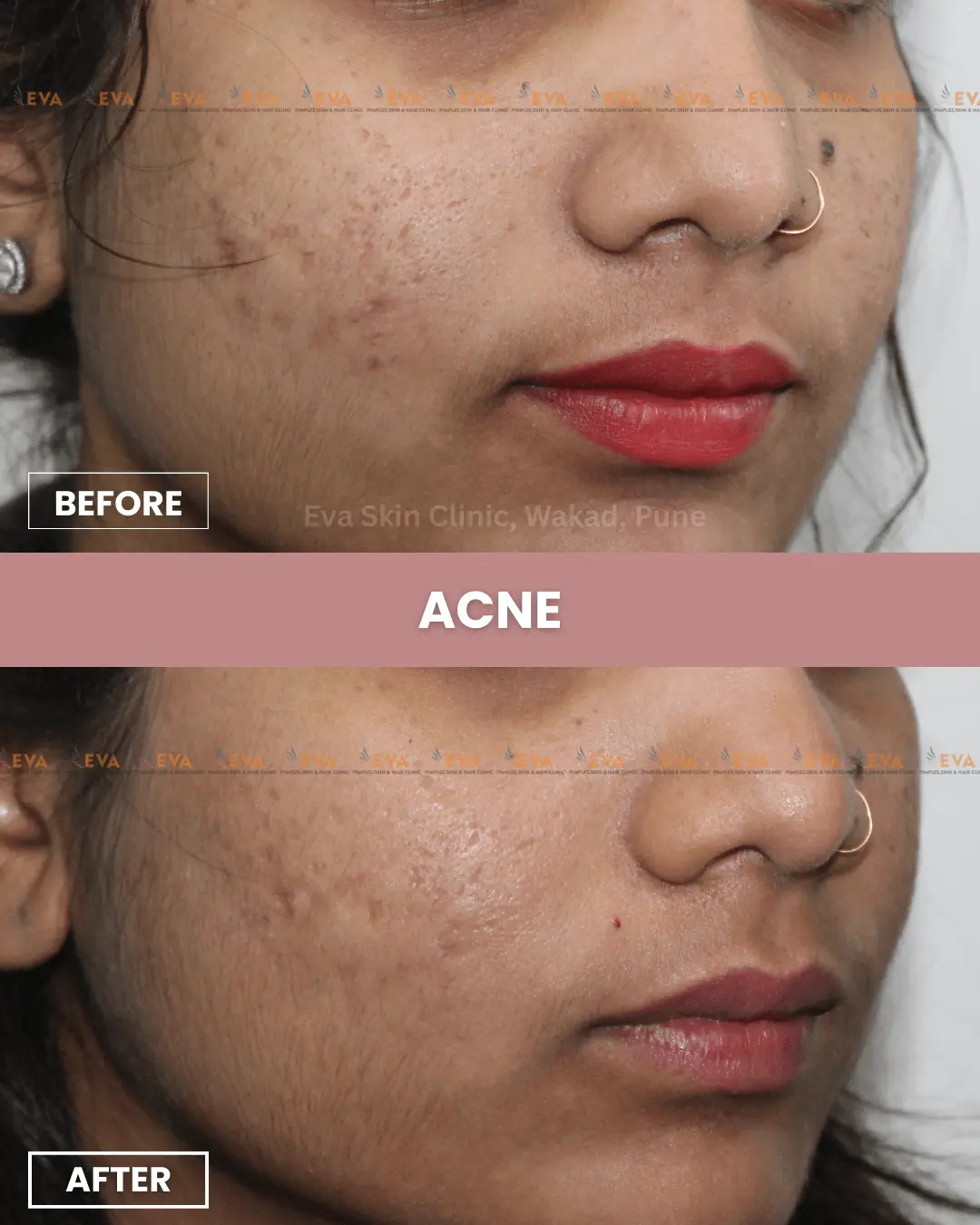
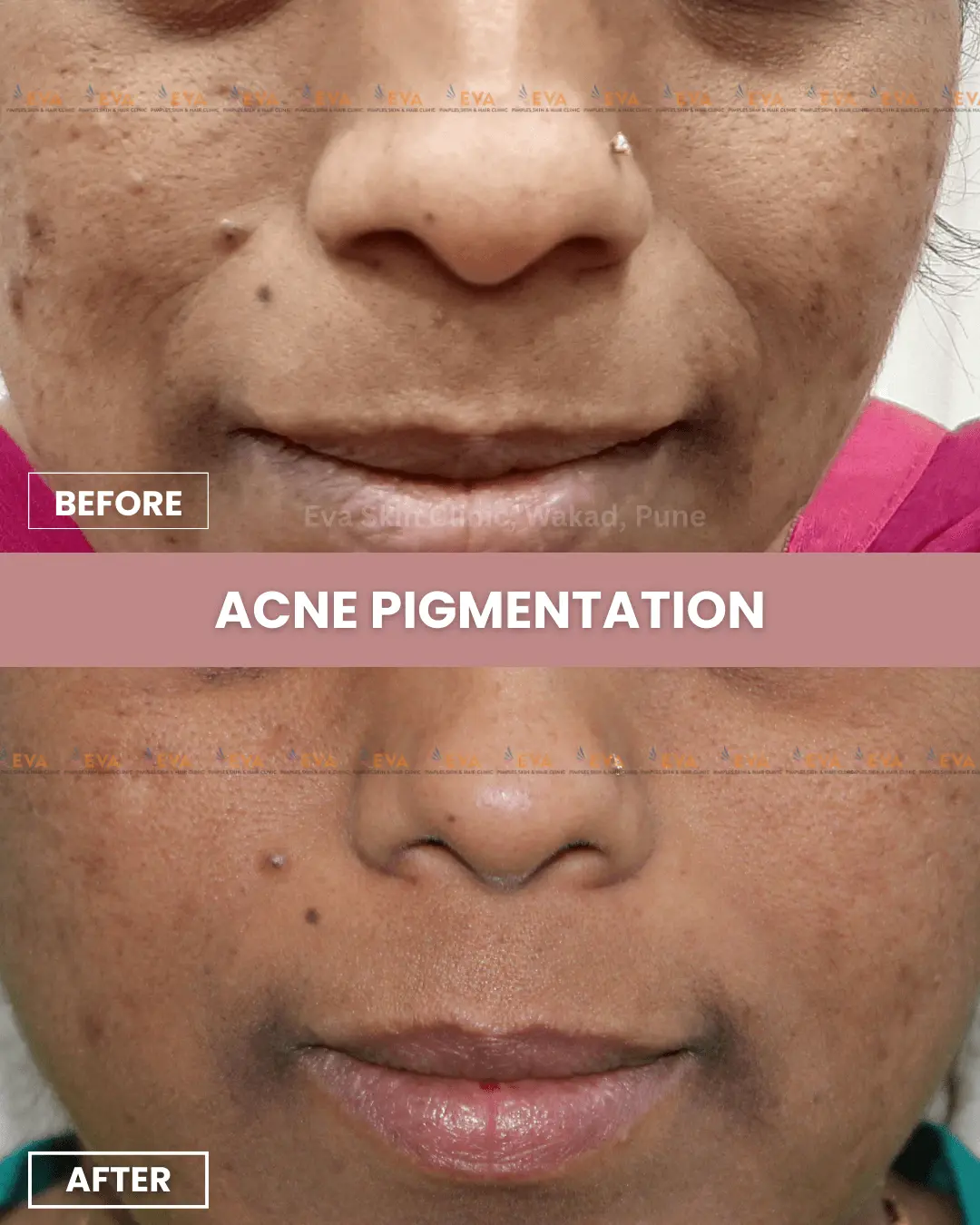
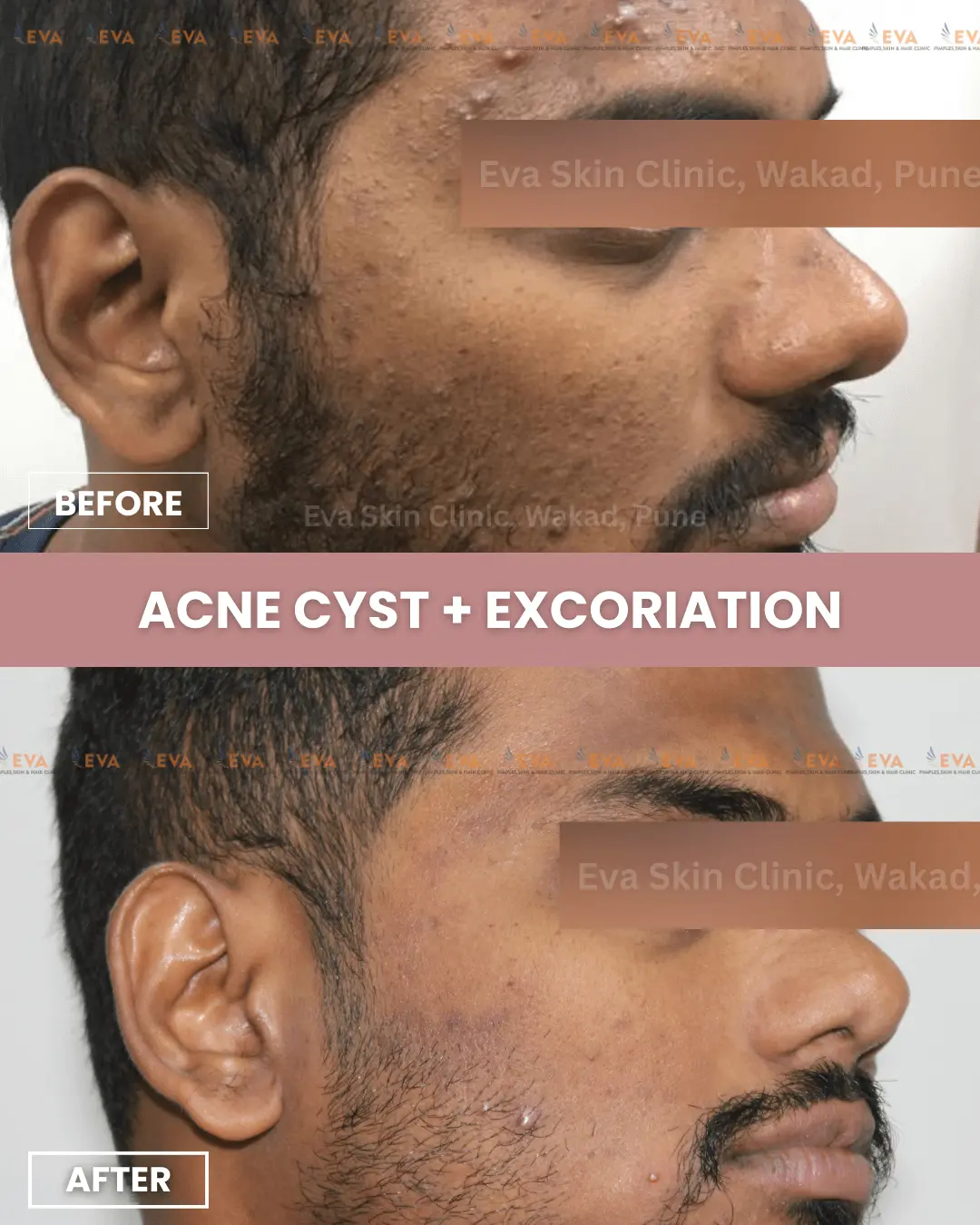
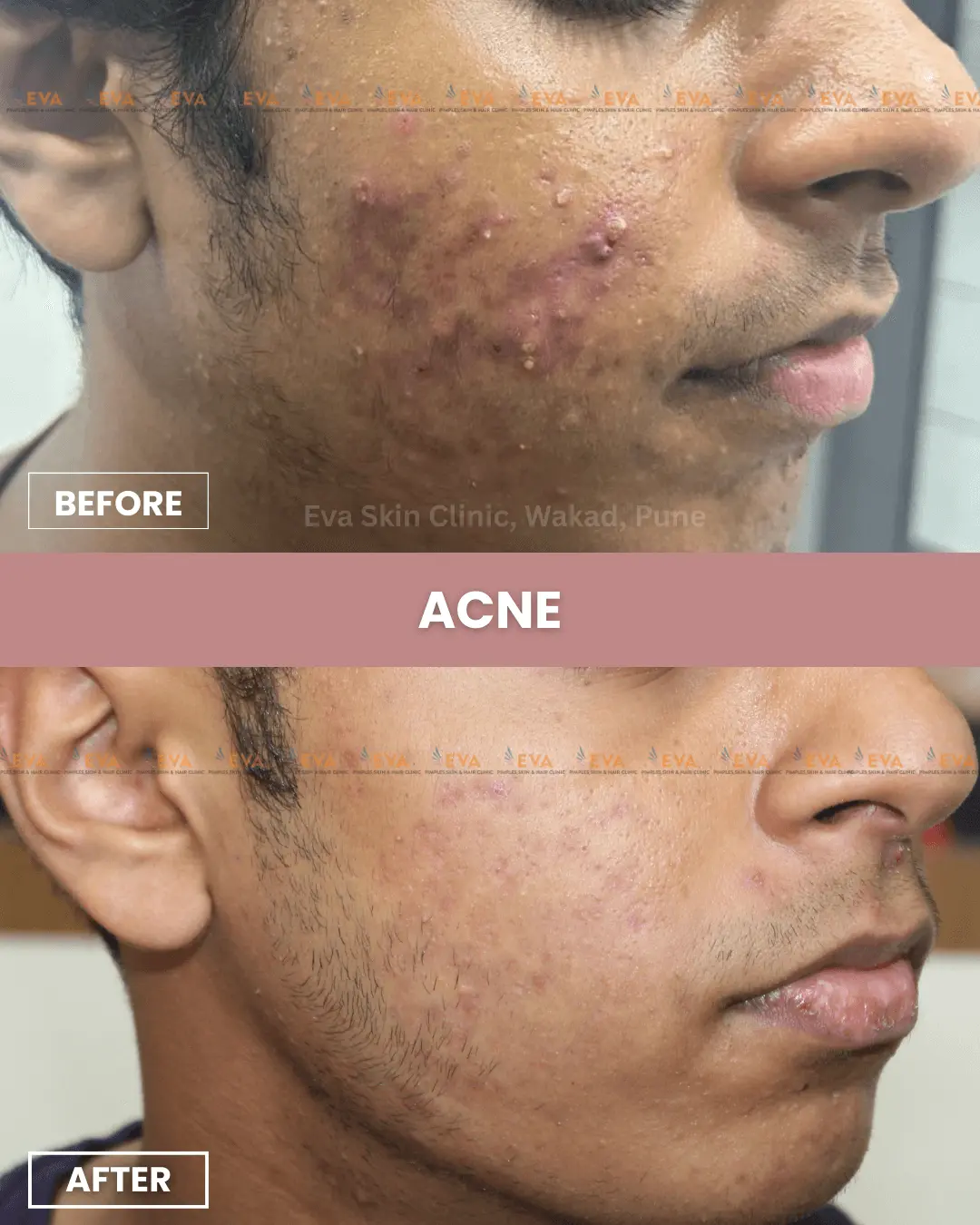
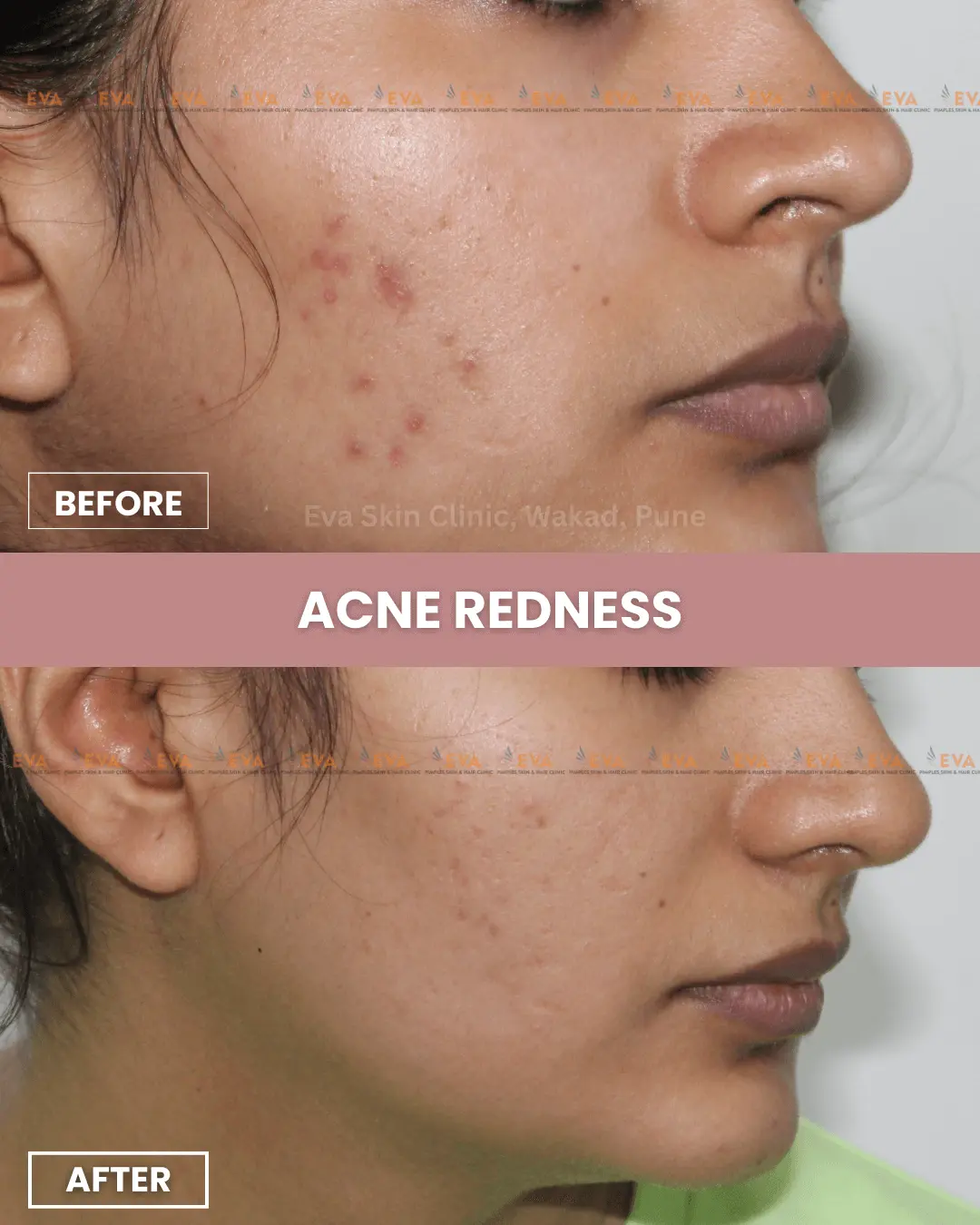

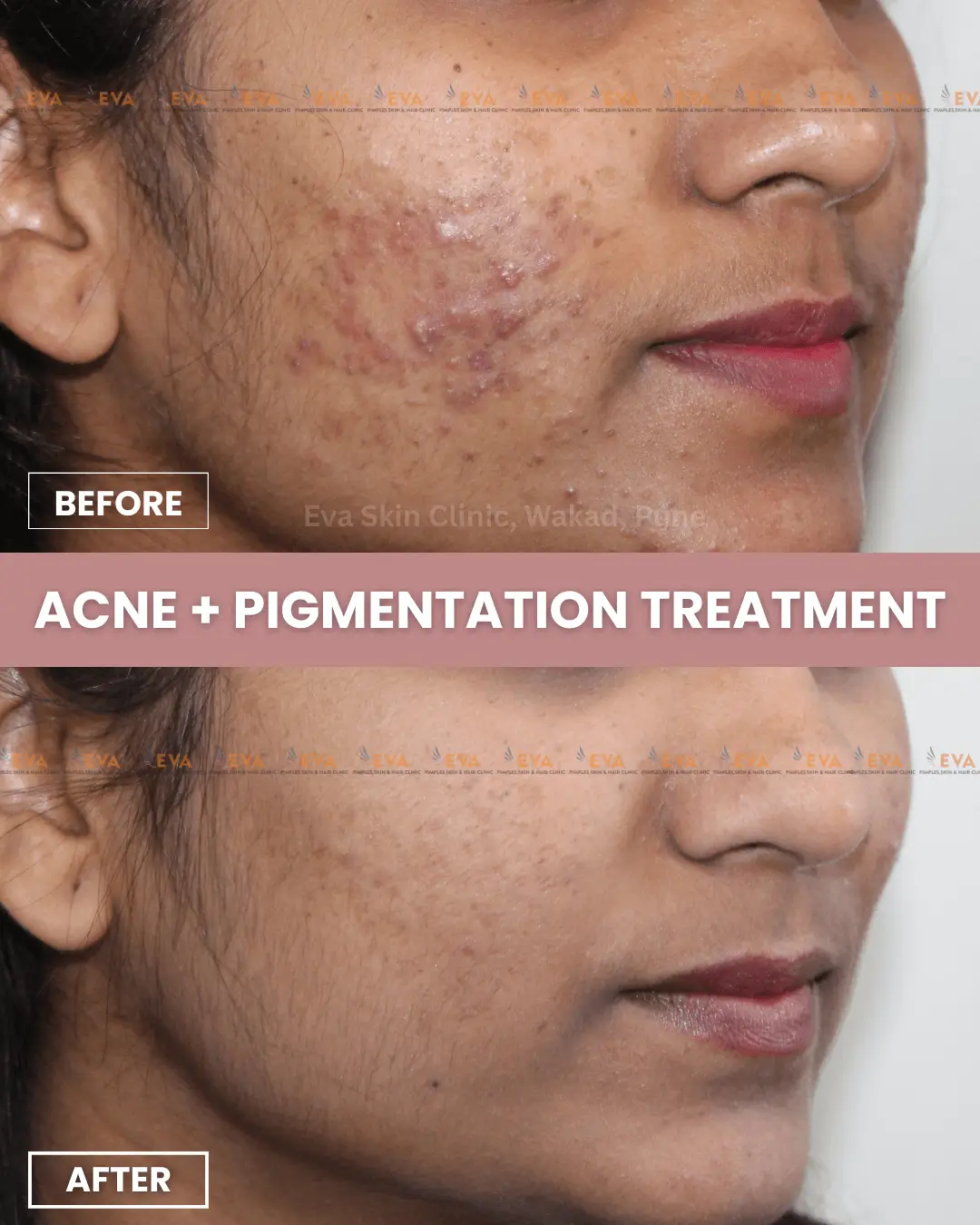
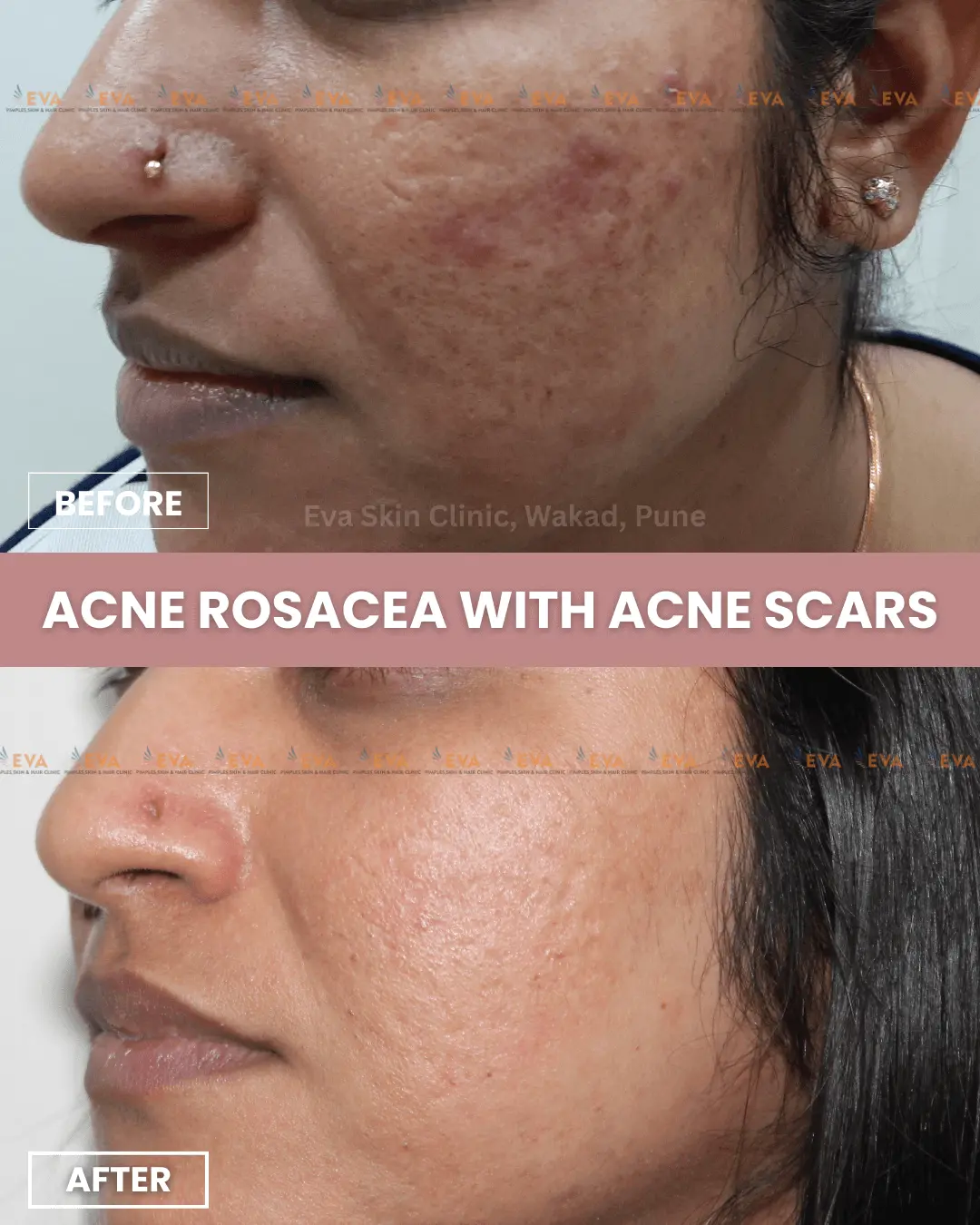
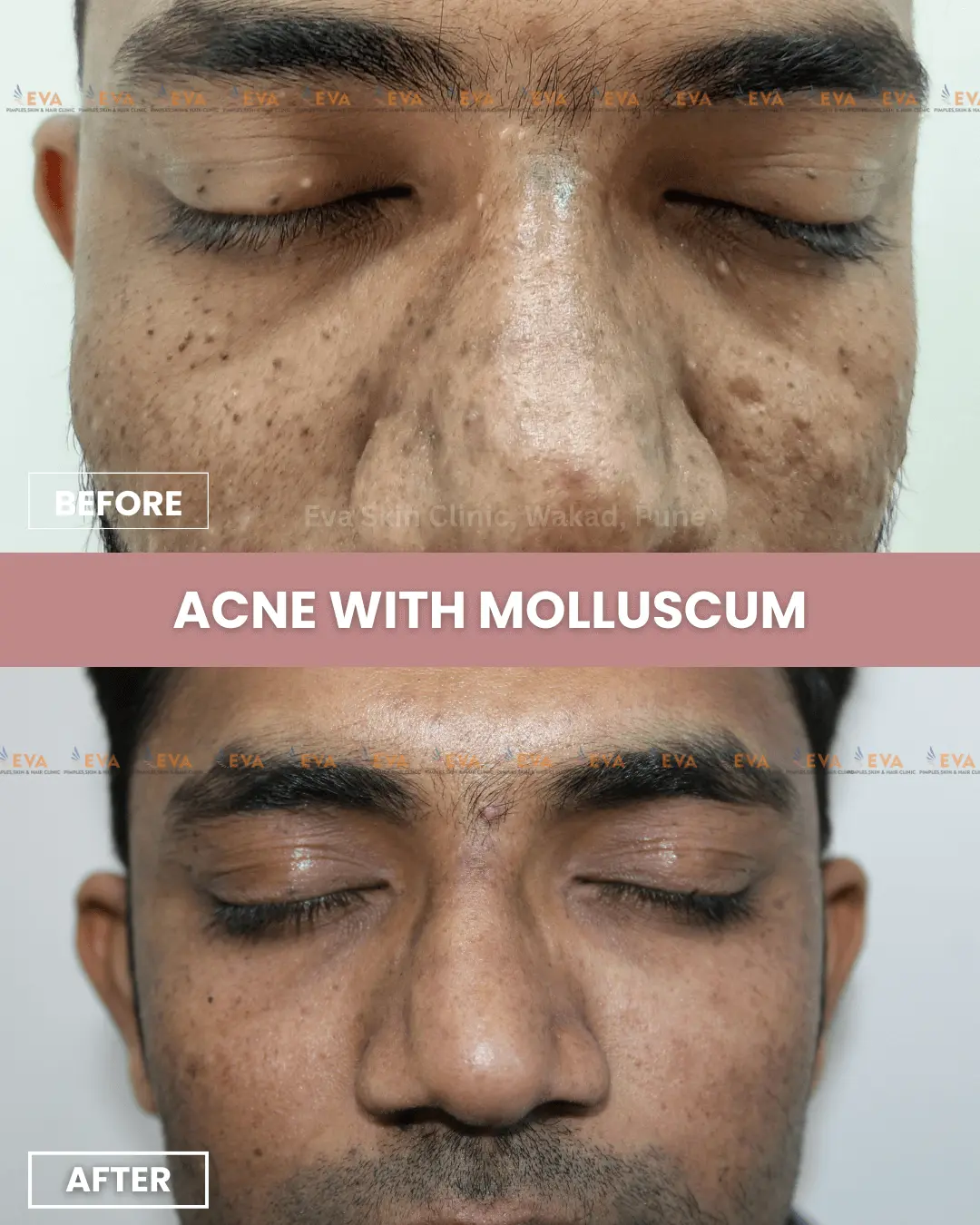
You’ve seen the transformations Now imagine your own
Don’t just cover it treat it at the root Because Your skin deserves the best.
just like 8000+ of our happy patients!
Because Happy Skin Tells the Best Stories
Posted onTrustindex verifies that the original source of the review is Google. Genuine, good doctors. I saw results within 2 weeks. Good service all along. My reason for coming here were the results my sister got. So i knew it could be trusted. Thanks to everyone's work!!!Posted onTrustindex verifies that the original source of the review is Google. 5 stars for the overall experience I had with this clinic; however, I felt disappointed in today's hydrafacial session. First, they charged 1800 for this, and after the session, it felt like it was the same as the peel-off I had two months back. There was nothing new or any difference between the peel-off and the hydrafacial. Second, there was a lot of disturbance during the session; someone kept entering the room three times, and if you give any sheet mask to us, please include this in the hydrafacial instead of charging separately . Please take this as a feedback.Posted onTrustindex verifies that the original source of the review is Google. Great experience! The results were visible within a few sessions. Professional staff and effective treatment — highly recommend!Posted onTrustindex verifies that the original source of the review is Google. Within just 4 months of hair treatment for hairloss and hair thinning, i have found reduce in hairfall as well as quality has improved a lot.Posted onTrustindex verifies that the original source of the review is Google. Great Experience at Eva Clinic! The staff was very polite and caring. I felt comfortable throughout my treatment. Excellent service and support. Truly satisfied and would highly recommend Eva Clinic!Posted onTrustindex verifies that the original source of the review is Google. Good treatment for hair fall solutionPosted onTrustindex verifies that the original source of the review is Google. I had a wonderful experience at Eva Clinic. The staff was professional, friendly, and attentive. The skin treatment I received was very effective, and they explained everything clearly. Highly recommend for anyone looking for reliable hair and skin care!Posted onTrustindex verifies that the original source of the review is Google. I visited Dr Poonam for acne and I’m extremely happy with the results. The doctor was very patient, explained the root cause clearly, and recommended a treatment that started showing results within a few weeks.Posted onTrustindex verifies that the original source of the review is Google. IT was a great experience with you And thank you for considering your productsPosted onTrustindex verifies that the original source of the review is Google. Good resufor acneLoad more

